iPhone Jailbreaking Guide: Key Insights and Must-Know Facts
This article serves as your ultimate resource on iPhone jailbreaking, offering an in-depth look at its definition, legal considerations, risks, various types, and clear, step-by-step instructions for those interested in exploring this aspect of iPhone customization.
What is iPhone jailbreaking?
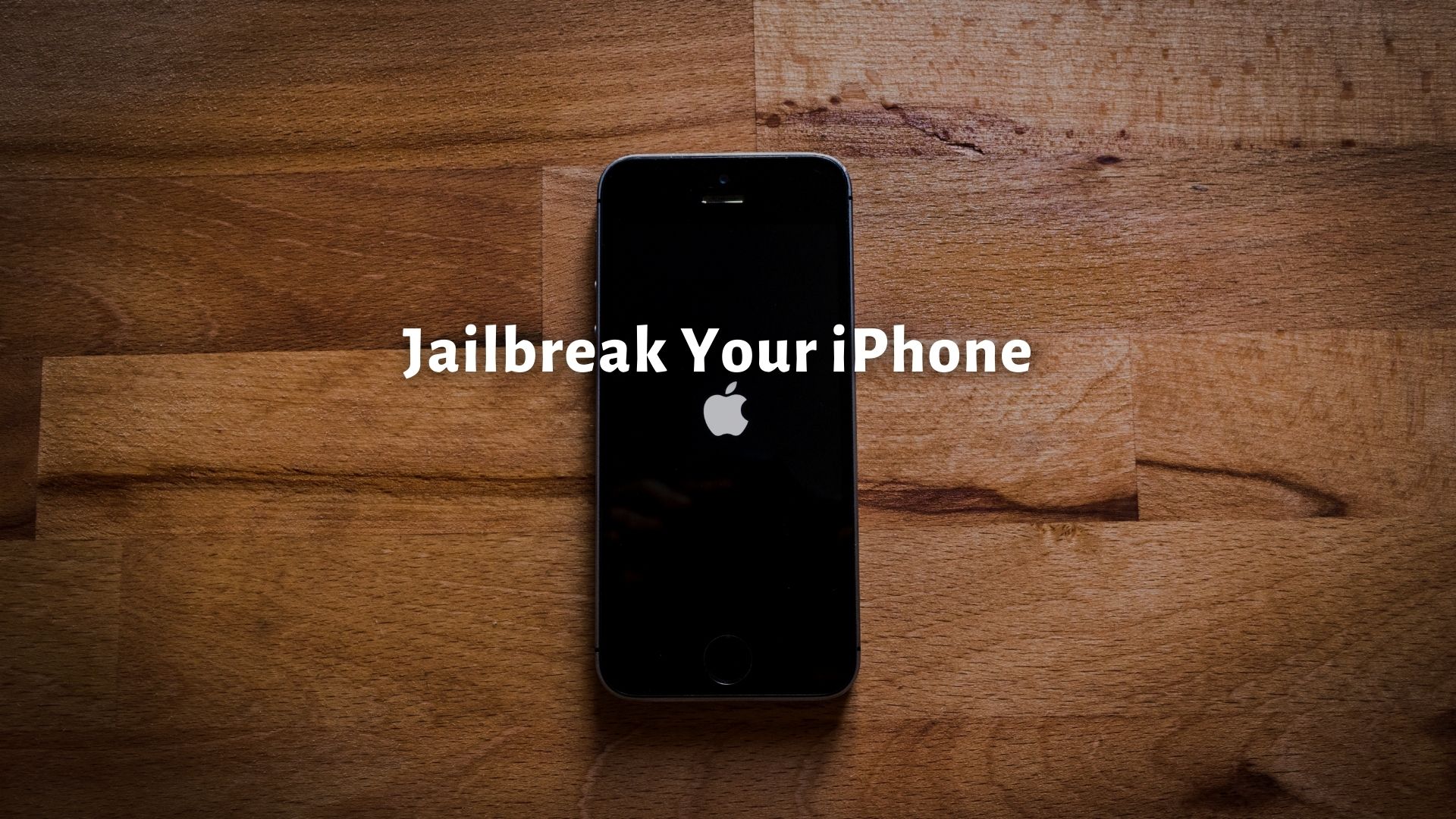
iPhone jailbreaking refers to the process of removing the restrictions and limitations imposed by Apple on devices running the iOS operating system.
Through jailbreaking, users gain root access to the operating system, allowing them to install apps, extensions, and themes that are not available through the official Apple App Store. This can also include tweaks and modifications to the iOS operating system itself.
Is jailbreaking iPhones illegal?
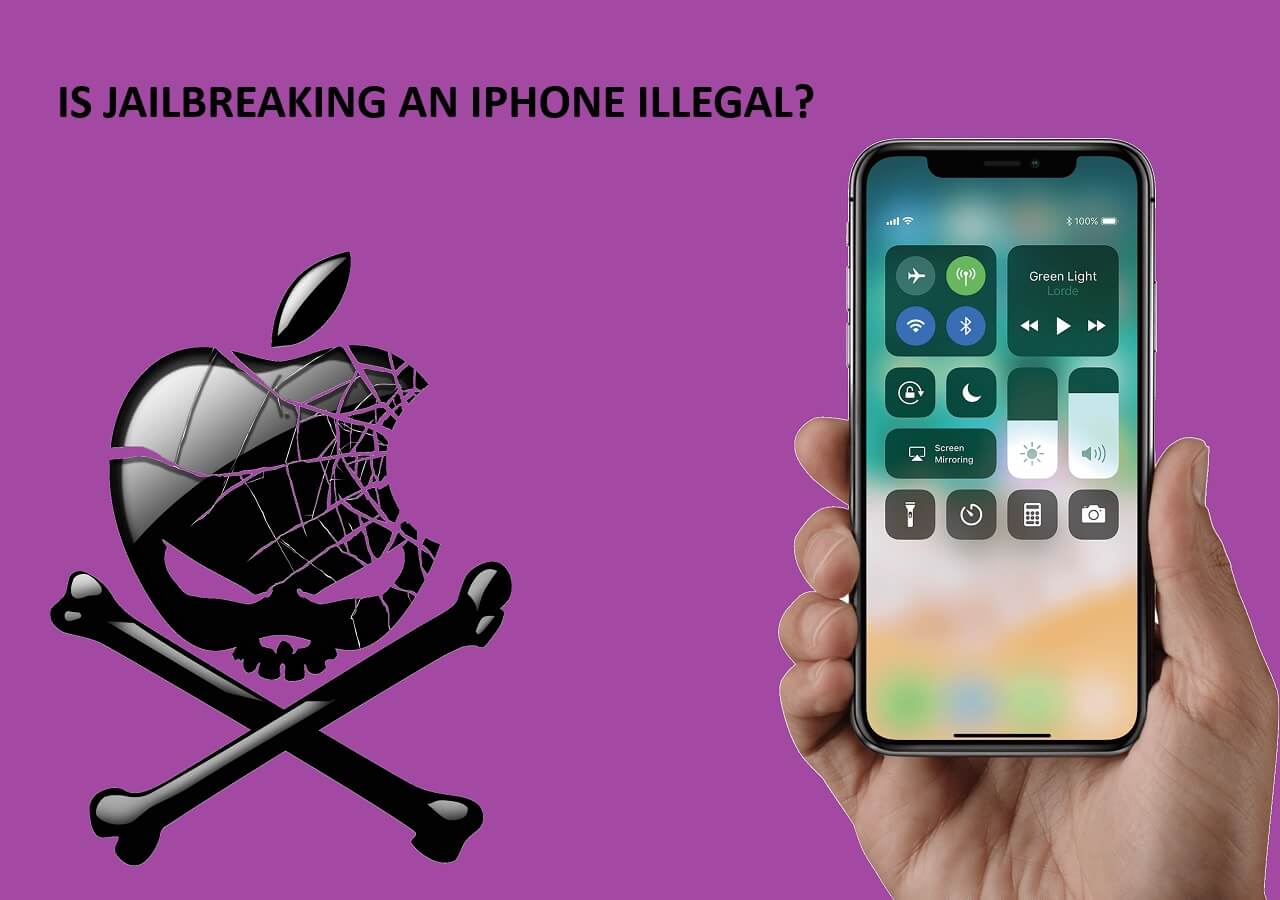
Since 2010, phone jailbreaking has been legal in the United States, and from 2015, this also includes tablets and smartwatches. These devices are covered under the DMCA (Digital Millennium Copyright Act) exemptions in the U.S. This change was largely due to the advocacy of the Electronic Frontier Foundation (EFF). They argued that the ability to modify devices to run different software is crucial for programmers, hobbyists, and general users.
In many European countries, as well as in India and New Zealand, jailbreaking devices are also legal. However, digital rights laws are subject to change, so it's wise to stay updated with your local laws.
It's important to note that while jailbreaking itself is legal, using a jailbroken device for copyright infringement is not. For example, using a jailbroken iPhone to illegally duplicate software is a crime in both the United States and many other countries.
Furthermore, while jailbreaking an iPhone isn't against U.S. national laws, it does go against Apple's iOS software license agreement. This means that jailbreaking your iPhone could void its warranty, as it involves using unauthorized software.
Is jailbreaking an iPhone safe?
Jailbreaking an iPhone is not safe and comes with significant risks related to security, stability, support, and legal issues.
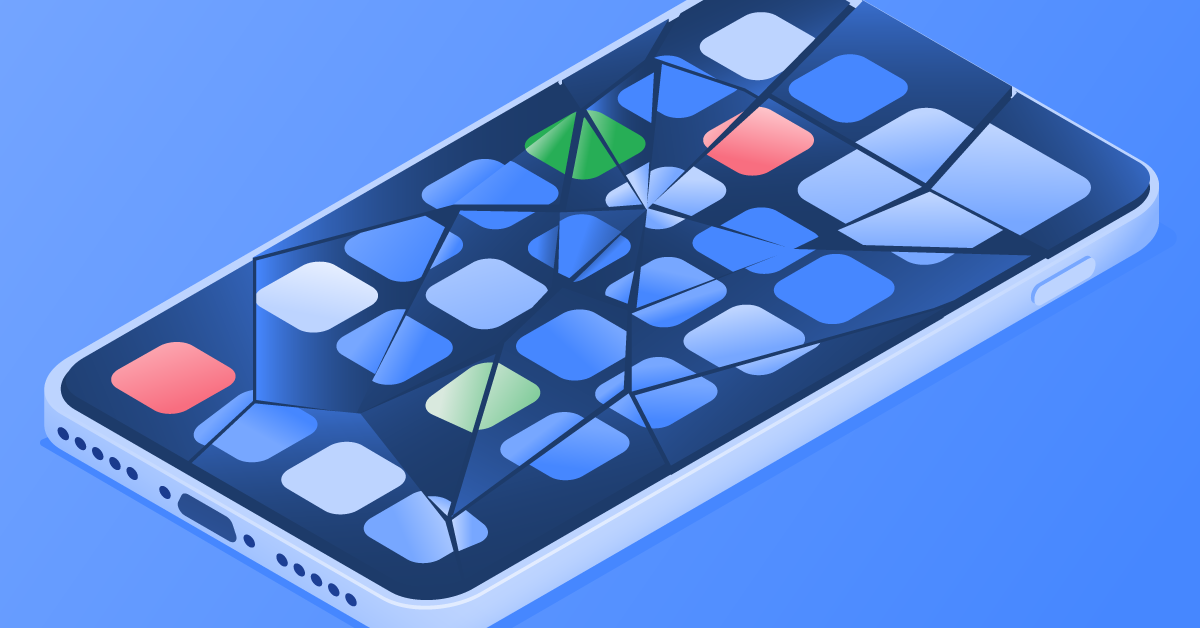
The Risks of Jailbreaking iPhone
Security Vulnerabilities: Jailbreaking bypasses the security layers that Apple has built into iOS. This can expose the device to malware, spyware, and viruses. Without these protective measures, a jailbroken iPhone is more susceptible to malicious attacks.
Stability Issues: Jailbreaking can lead to a less stable operating system. Users might experience more frequent crashes, freezes, and bugs. This instability often results from incompatible or poorly coded third-party tweaks and applications.
Voided Warranty: Apple’s warranty does not cover jailbroken devices. If you encounter a problem with your jailbroken iPhone, Apple may refuse to repair or service it. This means you might have to bear the full cost of any needed repairs.
Update Problems: A jailbroken iPhone doesn't receive automatic iOS updates from Apple. Users with such devices must wait for a compatible jailbreak version of the new iOS update. This process of updating a jailbroken iPhone can be complicated, time-consuming, and sometimes risky in terms of security.
Apple frequently releases software updates to address security vulnerabilities. However, those using jailbroken iPhones may not have immediate access to these crucial security updates.
Phone bricking: Jailbreaking increases the risk of 'bricking' the iPhone, making it unresponsive to any input. Repairing a bricked iPhone can be challenging and costly, leaving you with a non-functional device in the meantime.
Data Privacy Concerns: Jailbreaking allows applications to bypass the usual iOS security and privacy checks. This could potentially lead to unauthorized access to your personal data by some apps.
Risk of Unintended Malware Installation: Since jailbreaking allows the installation of apps from sources other than the official App Store, there’s a higher risk of inadvertently downloading and installing malicious software.
Dependence on the Jailbreak Community: Maintaining a jailbroken iPhone often requires dependence on the jailbreak community for updates, security patches, and support. This support is not guaranteed and can vary in reliability.
Potential for Unethical Activities: Jailbreaking an iPhone makes it easier to install pirated apps and engage in other activities that violate copyright laws, which are both unethical and illegal.
Battery Life Degradation: Some users report faster battery drain on jailbroken devices, likely due to running additional processes and tweaks that can consume more power.
Network Vulnerabilities: Jailbroken iPhones may have vulnerabilities that can be exploited when connected to public Wi-Fi networks, increasing the risk of data interception or unauthorized access.
Types of jailbreaking: How to jailbreak an iPhone
Tethered jailbreaking
This type of jailbreak requires the device to be connected to a computer every time it is turned on or restarted.
If the device powers down or reboots, it will stop running jailbroken code until it is connected back to the computer and the jailbreak process is run again.
Tethered jailbreaks are less convenient due to this dependency on a computer.
Untethered jailbreaking
An untethered jailbreak is considered the most desirable type. Once applied, the jailbreak remains active even after the device is turned off and on again. The device operates independently, without needing to connect to a computer for reboots.
This type of jailbreak is preferred because it offers the most seamless user experience.
Semi-tethered jailbreaking
Semi-tethered is a combination of the above two types. With this method, the device can restart without a computer, but some jailbreak functions will not be available until it is reconnected to the computer and the jailbreak tool is run again.
This offers a balance between the convenience of untethered and the restrictions of tethered jailbreaks.
Semi-untethered jailbreaking
Similar to semi-tethered, a semi-untethered jailbreak allows the device to boot without a computer, but it will no longer be in a jailbroken state after rebooting. To return to a jailbroken state, a jailbreak tool must be run directly on the device, not requiring a connection to a computer.
This method provides a middle ground between the untethered and tethered methods.
How to Jailbreak an iPhone
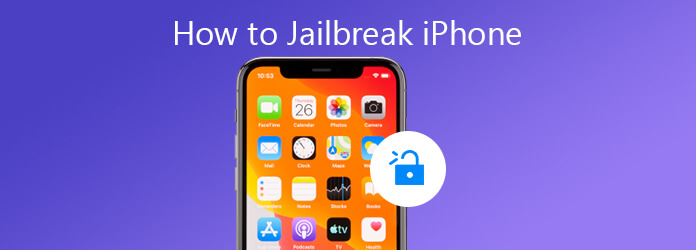
Jailbreaking an iPhone involves a few general steps, although the specific process can vary based on the type of jailbreak and the tools used:
Backup Your Device: Always start by backing up your iPhone to ensure you don't lose any data.
Find a Jailbreak Tool: Choose a jailbreak tool that is compatible with your iPhone model and iOS version. Popular tools include checkra1n, unc0ver, and Taurine.
It's important to ensure that the jailbreak tool you use is reputable and widely recognized in the jailbreaking community.
Prepare Your Device: Disable any passcodes, Touch ID, or Find My iPhone, and put your device into Airplane Mode.
Run the Jailbreak Process: Connect your iPhone to your computer (if required) and run the jailbreak tool. Follow the on-screen instructions carefully.
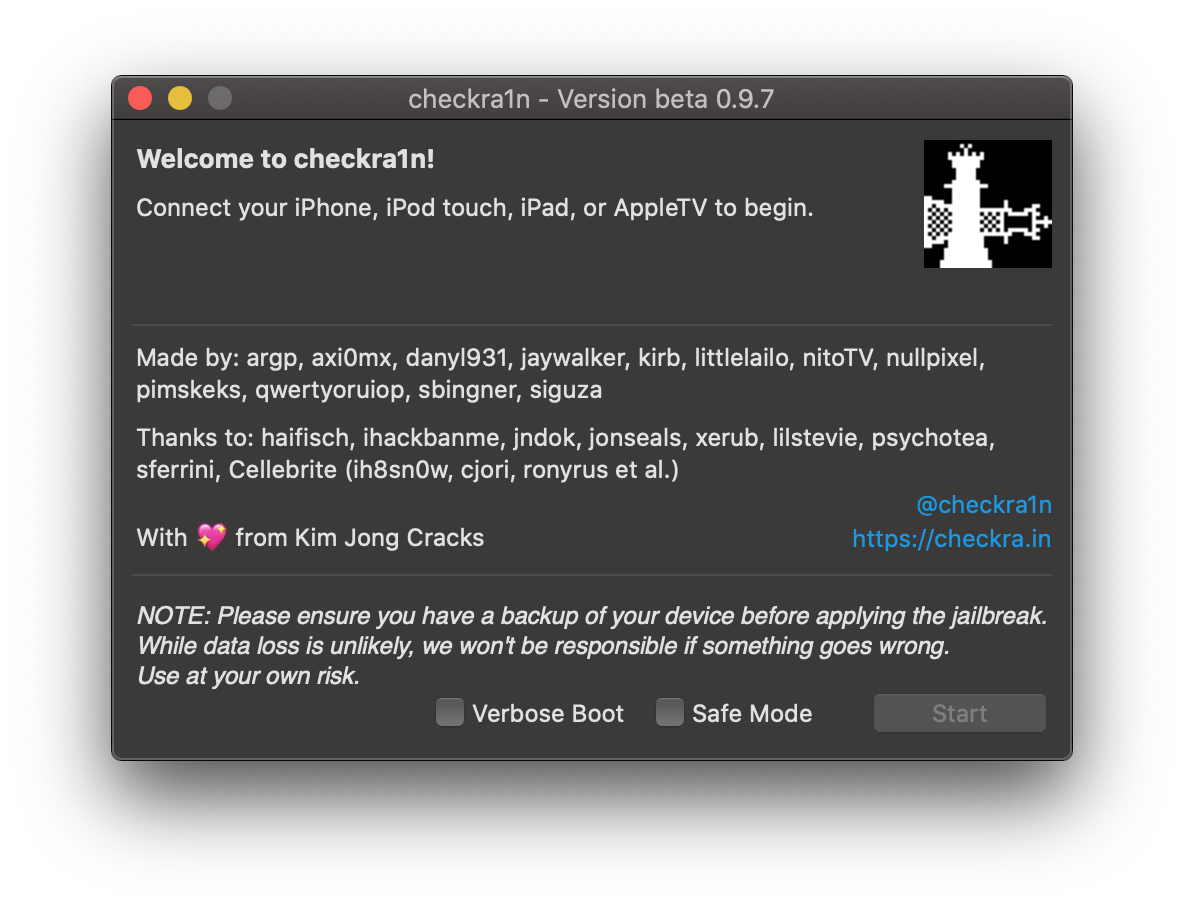
Install Cydia or Similar App: Most jailbreaks automatically install an app like Cydia, which allows you to download and install unauthorized apps and tweaks.
Reboot (if Necessary): Depending on the type of jailbreak, you might need to reboot your device.
How to tell if an iPhone is jailbroken?
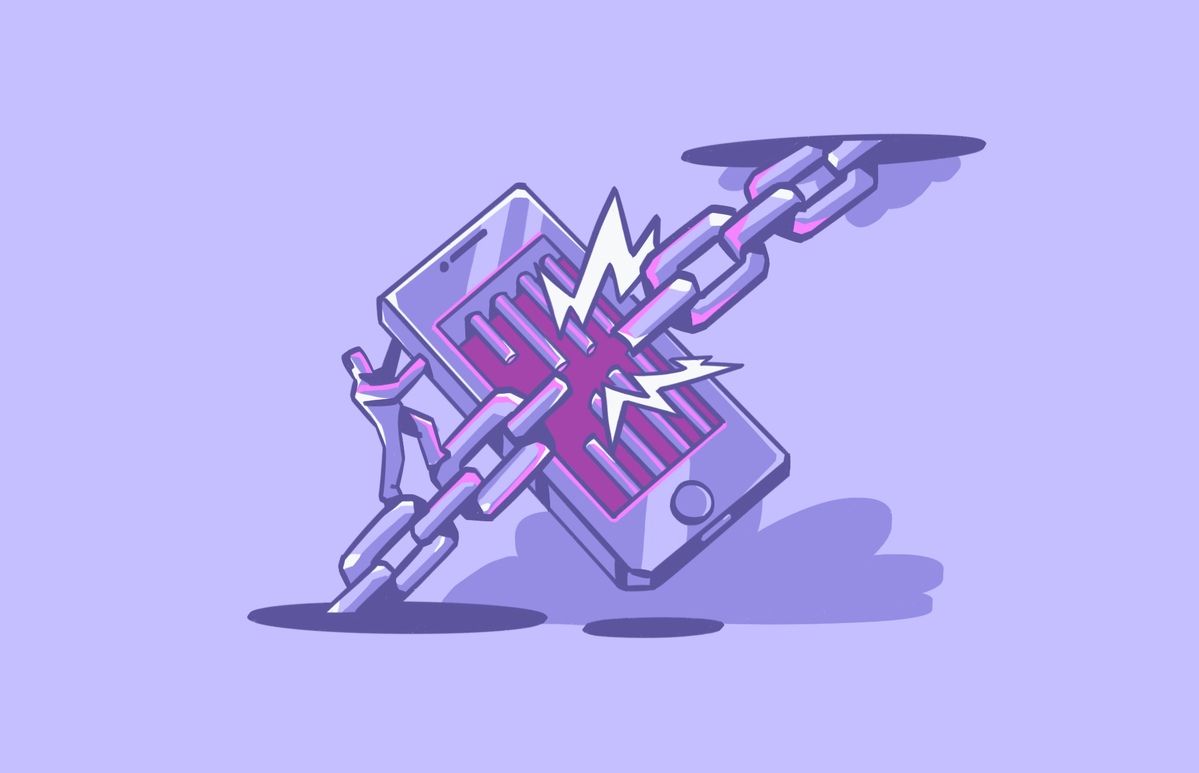
Recognizing a jailbroken iPhone is a valuable skill, especially when you're looking to purchase a second-hand iPhone online and prefer to avoid jailbroken devices. Here are ways to identify if an iPhone has been jailbroken:
Use a Jailbreak Detection App: Occasionally, apps that can detect jailbreaks appear in the App Store. Apple typically removes these apps swiftly, but you might come across one with good timing.
Check for Cydia: The presence of the Cydia app is a strong indicator of a jailbroken iPhone. Cydia is a third-party application store used on jailbroken devices, and it's not available on standard iPhones.
Jailbreaking vs Rooting
Jailbreaking and rooting are similar processes but are applied to different types of devices.
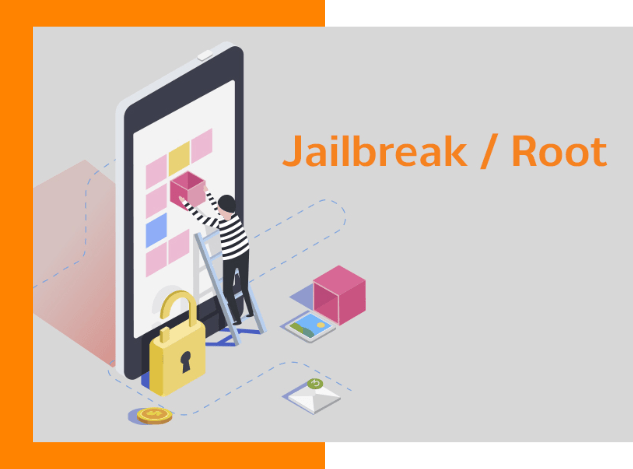
Jailbreaking
Applies to: iOS devices (like iPhones and iPads).
Purpose: Jailbreaking an iOS device allows users to bypass Apple's restrictions. This enables the installation of third-party apps not available in the App Store, customizations of the interface, and modifications to the operating system's core functionality.
Risks: Jailbreaking can void the warranty, make the device more vulnerable to malware, and lead to stability issues.
Methods: Typically involves exploiting vulnerabilities in iOS to gain root access to the operating system.
Result: Jailbroken iOS devices can access Cydia, an alternative to the App Store, where users can find apps, tweaks, and settings not approved by Apple.
Rooting
Applies to: Android devices.
Purpose: Rooting an Android device provides 'root' or administrative access to the device's operating system. This allows for the removal of bloatware, installation of specialized apps that require deeper system access, full customization of the device's software, and sometimes even upgrading the Android version beyond what is officially supported.
Risks: Similar to jailbreaking, rooting can void the warranty, expose the device to security risks, and potentially lead to operational issues.
Methods: Involves unlocking the device's bootloader (in most cases) and then running a rooting script or installing a rooting app.
Result: Rooted Android devices have access to various apps and system settings that require root permissions, which are not accessible on unrooted devices.
Key Differences
Device Type: Jailbreaking is for iOS devices while rooting is for Android devices.
Access Level: Both provide higher access levels, but rooting offers more in-depth control over the entire operating system.
App Stores: Jailbreaking gives access to Cydia, whereas rooting doesn't necessarily involve an alternative app store but allows the installation of apps from any source.
Customization and Control: Rooting generally allows for deeper customization and control over the device compared to jailbreaking.
FAQs
Can jailbreaking break your iPhone?
Jailbreaking itself typically doesn't directly cause physical damage to your iPhone. However, the software and hardware issues that can arise from jailbreaking might lead to breakage.
Users often report issues like overheating and battery problems in jailbroken iPhones, which could shorten the device's lifespan. Additionally, there are instances where iPhones become unresponsive ('bricked') during or after jailbreaking.
Does jailbreaking an iPhone unlock the carrier?
Jailbreaking an iPhone enables you to download apps that might bypass carrier restrictions, but it's not the official way to unlock your iPhone for use with different carriers.
Apple advises that you should request an unlock directly from your carrier. To check if your iPhone is already unlocked by your carrier, navigate to Settings > General > About, and look for "No SIM restrictions" next to Carrier Lock.
Can I reverse jailbreak an iPhone?
Yes, reversing a jailbreak on an iPhone is possible. The complexity of reversing the jailbreak can vary based on its type. For iPhones with semi-tethered or semi-untethered jailbreaks, a simple restart usually reverts them to their original, un-jailbroken state.
To completely remove all signs of a jailbreak, the most effective method is to restore your iPhone to its factory settings using a computer with iTunes.
Summary
This guide has covered everything about iPhone jailbreaking. You've learned what it is, its risks, and how it's done. Now you can make smart choices about jailbreaking your iPhone.

